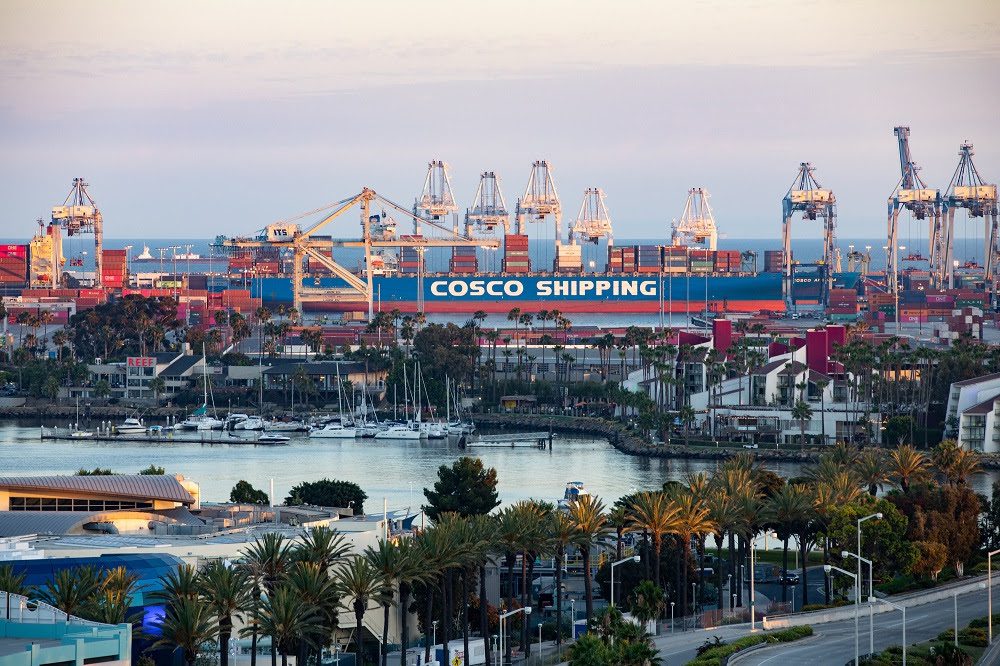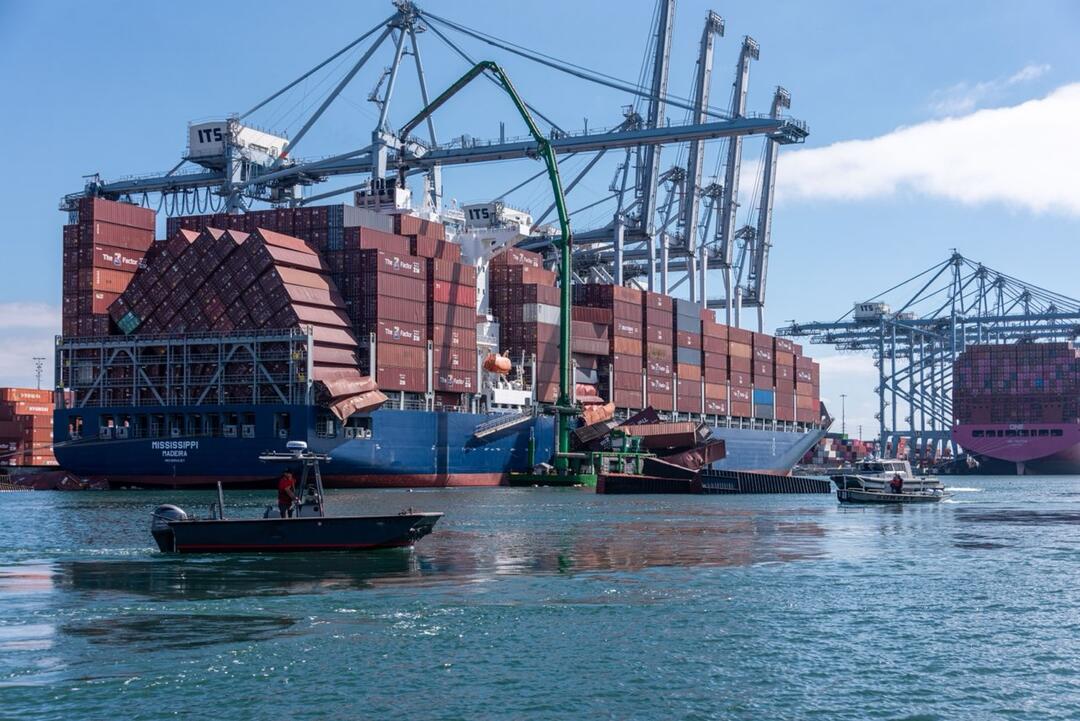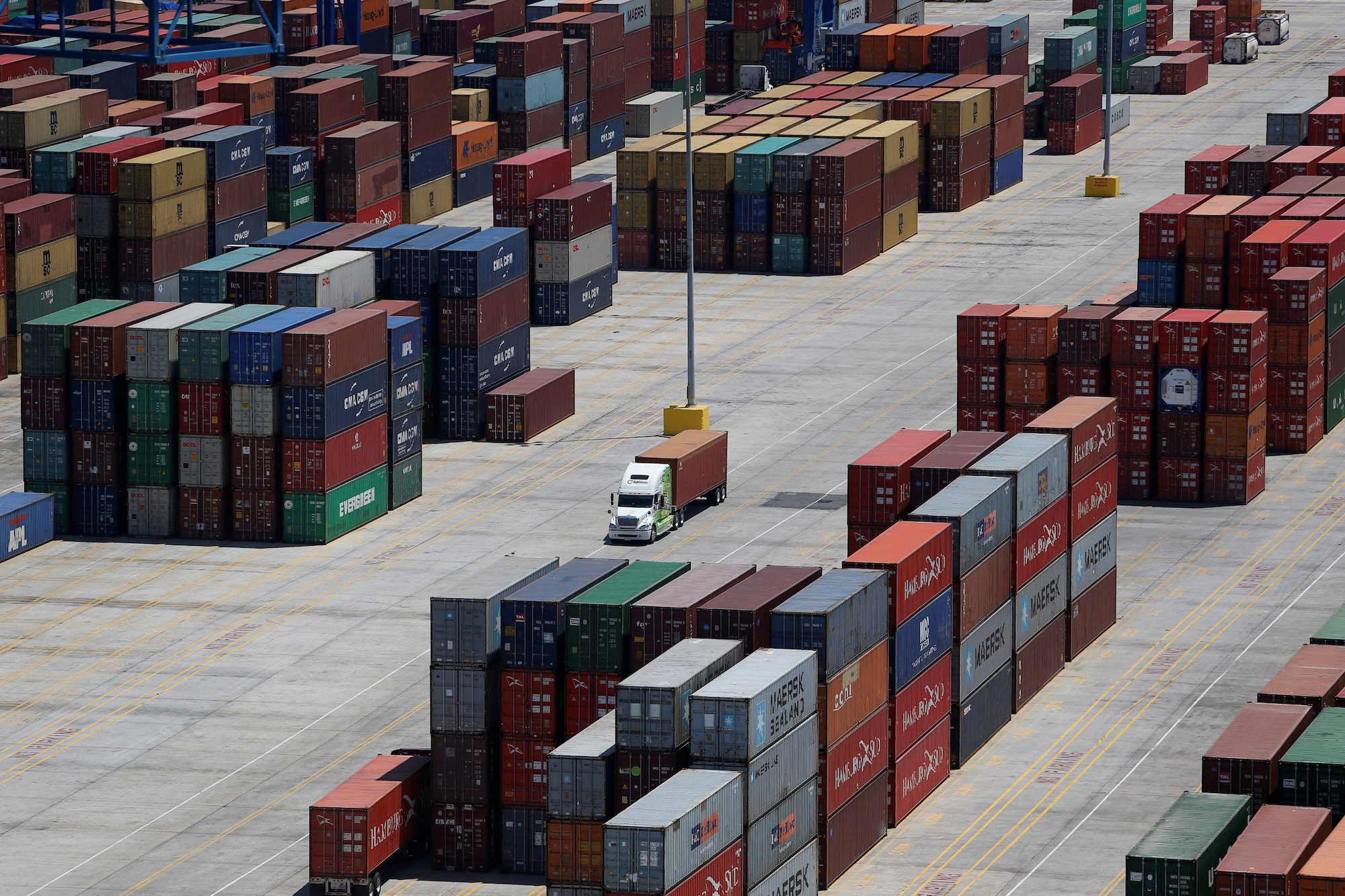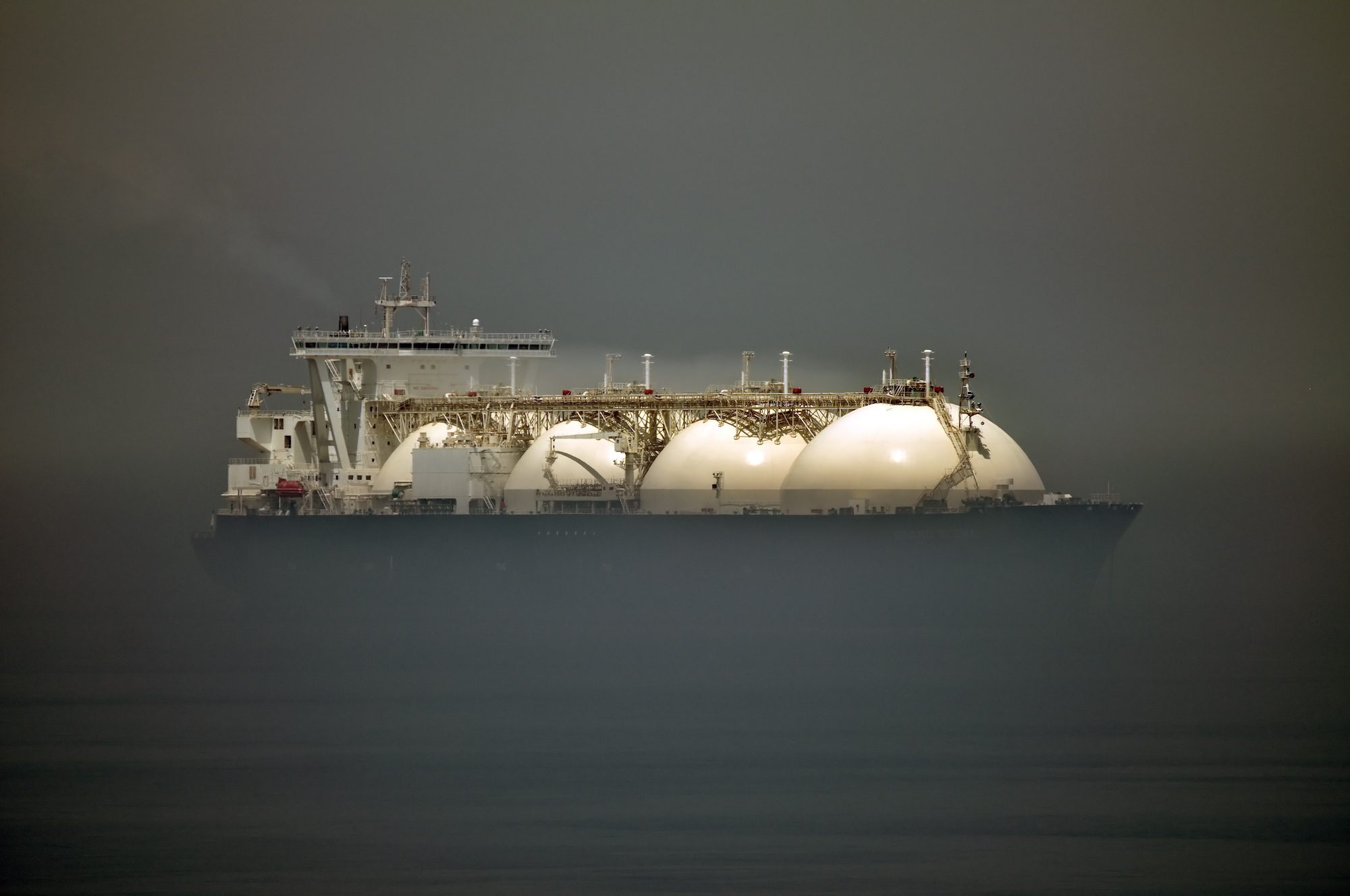(World Shipping Council) – To say that current trade conditions are challenging would be an understatement, particularly in North America, which is experiencing an unprecedented surge in imports from Asia. This COVID-19 related cargo surge was not expected, it is not clear how long it will last, and we must manage our way through it in the short term.
No one could have planned for the type of surges that are stressing the container transportation network today, because the demand swings are unlike anything ever seen. The Port of Los Angeles reported a 27.3% increase in October 2020 imports versus October 2019, with October 2020 volume now being the highest ever in the port’s 114-year history. Similarly, the Port of Long Beach registered a 19.4% increase in imports in October year over year, and in Houston imports rose 22.2% for the same period. We should expect import volumes to remain at unprecedented levels through January, particularly since China has announced that its shipments to the U.S. increased 46% in November 2020 over November 2019.
The JOC recently reported that “domestic container volume was up 13.2 percent year over year in October out of the Southwest, an area including Southern California.” The cargo surge is occurring while labor shortages are also being reported, including a 4.7% decrease in the number of truck drivers reported by JOC and shortages of dock workers identified by terminal operators. If one looks at a display of the vessel traffic in San Pedro Bay (serving the Ports of Los Angeles and Long Beach), it is apparent that there are more ships than there are berths and ships are waiting to dock and unload at already congested terminals. Delays to ships unloading cause corresponding delays in loading export cargo and empties for transport to Asia. In short, the entire system is overloaded due to this COVID cargo crunch.
Since the two most critical assets needed to move cargo – container ships and containers – are largely owned and/or operated by ocean carriers, there is a natural tendency to look to the ocean carriers to solve imbalance-related problems. The solution suggested by some is for the ocean carrier to provide more assets – ships and containers – to handle the cargo surges. That would be the simplest approach if indeed it were possible, but it isn’t, at least not in the near term.
Vessel capacity is fully utilized, and little excess is available. Weekly liner services require multiple ships of a similar size, and additional vessels to support these services are not available. Equally important, additional vessel capacity without additional containers, which currently do not exist, will only make the situation worse.
The container supply chain is made up of multiple businesses and individuals, each of which are making decisions about steps to take to make sure goods get where they are supposed to. The numerous actors and hand-offs that are part of this system mean that an action that seems like the best solution to a problem in one part of the supply chain often causes a problem in another part of the chain. There is nothing nefarious about this; it is simply a reflection that additional stress on an already overloaded system tends to further destabilize the system.
Now is not the time to introduce dramatic change to the systems or processes. The challenge for all parties is to find ways to make the current system work better. This requires constant communication between service providers and shippers, and ocean carriers recognize the part they must play in that. It also means avoiding practices that only make the situation worse, such as making phantom bookings or skipping terminal appointments or holding on to loaded containers as a storage solution. The system will return to better equilibrium, and we must collectively do a better job of managing it through the crunch period.
The World Shipping Council is the united voice of liner shipping, working with policymakers and industry groups to shape the future growth of a socially responsible, environmentally sustainable, safe, and secure shipping industry. We are a non-profit trade association with offices in Brussels, Singapore and Washington, D.C. Read more at www.worldshipping.org

 Join The Club
Join The Club











